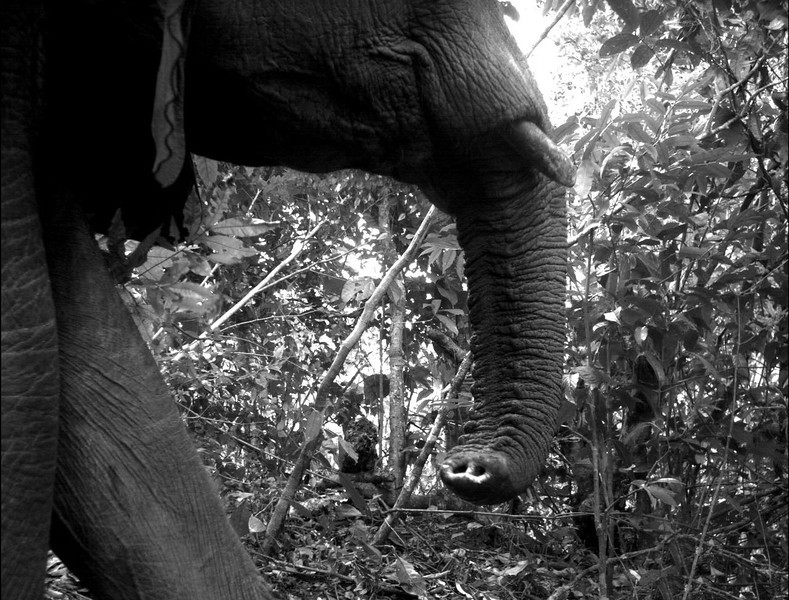
A group of tech-savvy biologists have successfully captured never-before-seen images of some of nature’s most elusive — and fearsome — creatures.
Using about 420 hidden cameras with motion sensors, a team of researchers from the Tropical Ecology Assessment and Monitoring Network (TEAM) at Conservation International have gathered nearly 52,000 images of 105 different species from some of the most remote places on the planet.
The photos were taken between 2008 and 2010 at protected forest areas in Uganda, Tanzania, Surinam, Laos, Costa Rica, Brazil and Indonesia. The team placed 60 cameras in each of these locations to recored the wild passers-by.
Some of the animals captured in the photos include a giant anteater from Brazil; an endangered gorilla, carrying an infant on her back, in the forests of Uganda; Jaguars, chimpanzees, elephants and a rare tapir.
“These kind of captured them doing what they’re doing, being themselves,” said Dr. Jorge Ahumada, technical director of TEAM, and lead author of the study, which was recently published in the journal “Philosophical Transactions of the Royal Society.”
Ahumada hopes that the study and photographs will help raise consciousness about the animals, many of which are endangered or under serious threat.
“Protected areas matter,” said Ahumada.
“The bigger the forest (mammals) live in, the higher the number and diversity of species, body sizes and diet types. “Some mammals seem more vulnerable to habitat loss than others: insect-eating mammals — like anteaters, armadillos and some primates, are the first to disappear — while other groups, like herbivores, seem to be less sensitive.”
“The results of the study are important in that they confirm what we suspected: habitat destruction is slowly but surely killing our planet’s mammal diversity.”
Of course, the cameras also captured some non-native species: poachers and tourists.
Check out more of the photos below:
[Images used courtesy of Conservation International]
















